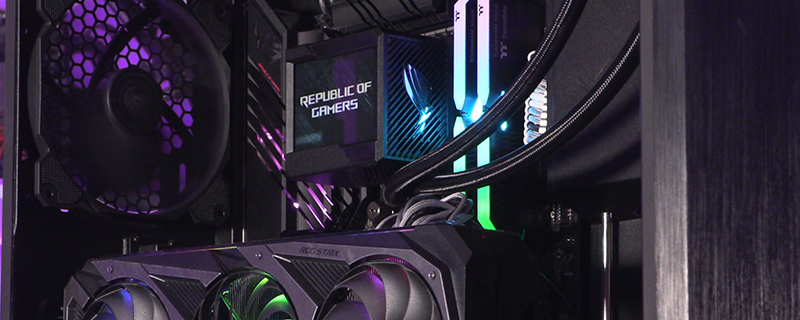PC DIY – Three Things To Do With A New System Build
Three Things To Tweak
Firstly pop into the UEFI and turn on Precision Boost Overdrive. What this does is take account of a number of factors; Processor Temperature is the primary one, and thermal headroom is definitely your friend here. Never scrimp on your CPU cooling. What sort of loading the CPU is being asked to do and how many cores are active. How much power is being drawn and, lastly, the peak boost limit of your chosen CPU. With all this information monitored Precision Boost Overdrive 2 adjusts your CPU clock speed every millisecond to give you the fastest possible performance for the longest possible time. If you’re just needing it for a quick photo edit then you can get a huge speed boost, and if you want to render a video then you get a slightly more conservative boost that will last for longer. If you doubt this makes a difference you’ll enjoy our upcoming graphs.
On the ASUS platform you can push past the limits of the CPU with a Boost Clock Override. This doesn’t guarantee a higher result from the efforts of Precision Boost Overdrive, but instead tells it that the CPU can go higher than it thinks. Naturally all overclocking generates more heat and thus it’s, as above, vital you’ve got a good CPU cooler in place, but with sufficient cooling this can get you even more speed for those demanding tasks.
Lastly what’s called XMP on the Intel platform is represented as D.O.C.P here. This stands for Direct Over Clock Profile, or in laymans terms runs your memory at the level it should be. Any benefit is a benefit, because more is always more. Of course you want to know what the end result of these three quick tweaks will be, and that’s where our testing comes in. Read on.






